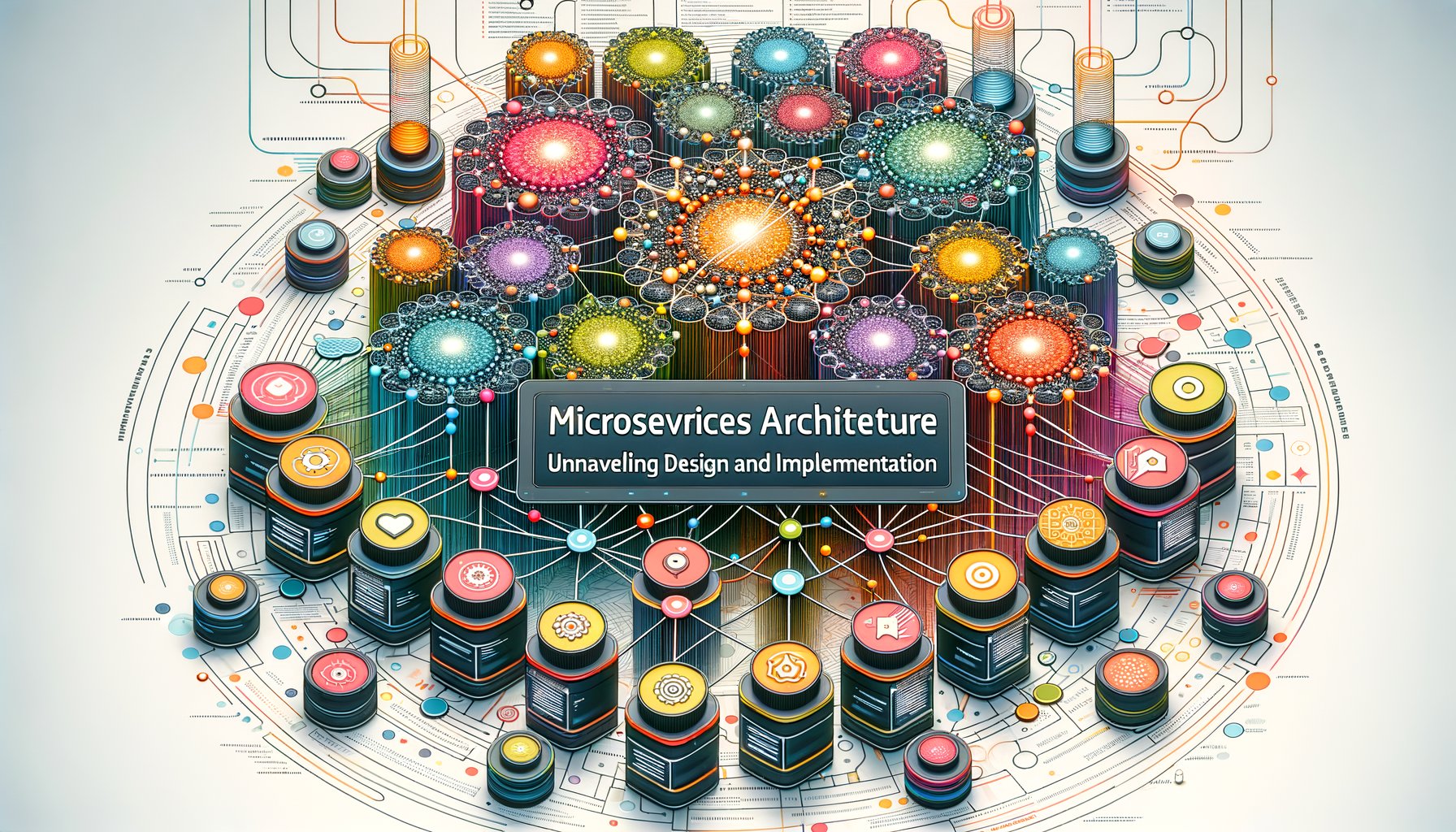Physical Address
304 North Cardinal St.
Dorchester Center, MA 02124
Physical Address
304 North Cardinal St.
Dorchester Center, MA 02124

In the realm of enterprise software development, microservices architecture has emerged as a powerful design strategy. It offers robust solutions to the complexities inherent in building and maintaining large-scale applications. However, understanding how to design and implement this architecture can be a daunting task for many developers. This article aims to simplify these concepts and provide a comprehensive guide on microservices architecture design and implementation.
Microservices architecture is a method of developing software systems that breaks them down into smaller, independent components called ‘microservices.’ These services are loosely coupled, each running in its own process and communicating with lightweight mechanisms such as HTTP/REST or messaging queues. Each service is developed around a specific business capability, can be deployed independently by a fully automated deployment machinery, allowing for continuous delivery and deployment.
In designing a microservices system, there are several key considerations to keep in mind:
The first step involves identifying how to break down your application into individual services. This often involves domain-driven design (DDD), where you separate your application based on different business capabilities or domains. For instance, an e-commerce application could be split into services like User Management, Product Catalog, Shopping Cart, and Payment Processing.
Microservices communicate with each other using APIs. The choice of protocol can significantly impact your system’s performance and reliability. Common choices include HTTP/REST for synchronous communication and messaging queues like RabbitMQ or Kafka for asynchronous communication.
The implementation of microservices architecture requires careful planning and a clear understanding of the tools at your disposal:
This involves packaging your service along with its dependencies into a container, which can then be run on any platform that supports containerisation. Docker is a popular choice for this purpose due to its ease of use and wide support.
With potentially hundreds of services running simultaneously, managing them manually would be impractical. Orchestration tools like Kubernetes help automate deployment, scaling, and management of containerised applications.
An API Gateway acts as the entry point for clients (like web browsers or mobile apps) to access your microservices. It handles request routing, composition, and protocol translation. It also provides essential features such as authentication, rate limiting, and caching.
Microservices architecture offers numerous benefits, such as improved scalability, resilience, and faster time-to-market. However, it’s not a silver bullet for all software development challenges. Careful design and implementation are key to reaping these benefits without falling into common pitfalls. With a clear understanding of the principles and strategies outlined in this article, developers will be better equipped to navigate the complex landscape of microservices architecture.